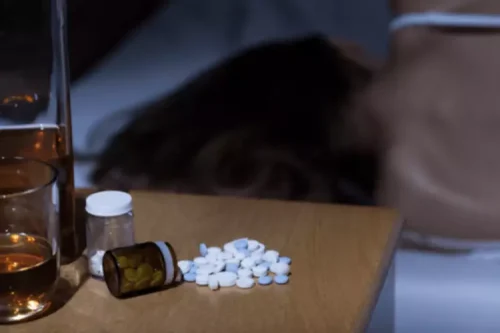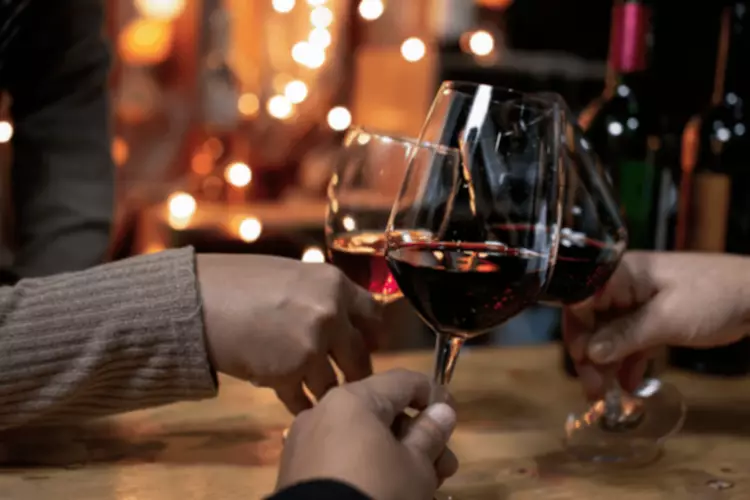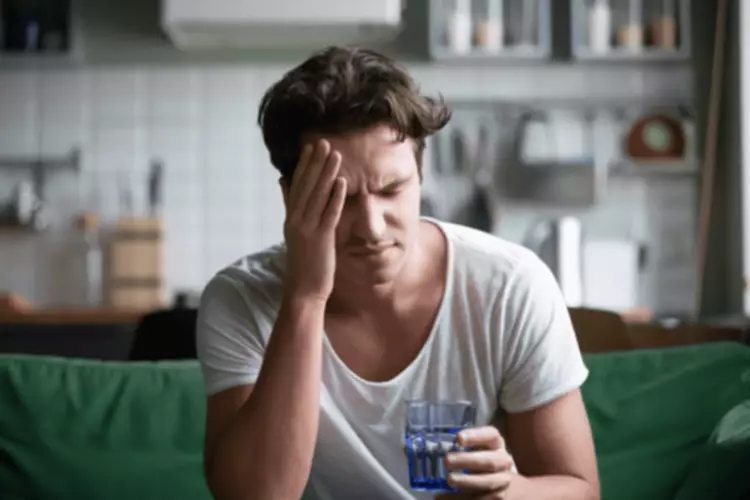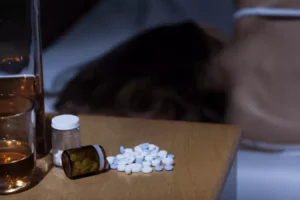
Is their goal to only, say, use on the weekends or use socially instead of Oxford House using at home, every day, by themselves all day long? That’s a perfectly fine goal because it will result in there being some reduction in use. There’s also been, interestingly and notably for many of the people listening, an uptick in cannabis-related ER visits in adolescents and young adults since the beginning of the COVID-19 pandemic.
- More information on Cannabis Use Disorder can be found in the American Psychiatric Association’s Diagnostic and Statistical Manual of Mental Disorders, 5th Edition.
- Overall, these studies demonstrates that chronic cannabis use sensitizes the mesocorticolimbic-reward system to cannabis cues and to THC (Volkow et al. 1996a; Filbey et al. 2016).
- This study will provide critical insights into risk and resilience factors for cannabis and other substance use to inform future prevention interventions.
- This emotional turmoil can severely affect coping mechanisms and quality of life.
- If you have questions about Cannabis Use Disorder, please discuss with your healthcare professional.
- But I noted that the cannabis industry is growing and there’s a lot more ways to get cannabis and it’s very potent.
- There’s evidence that it was used in Central Asia and Western China to treat health issues such as arthritis, asthma, pain, and depression.
Physical, Emotional, And Social Consequences

Many people find that hot showers and baths can help them control symptoms. Delta-8 THC is another intoxicating cannabinoid found in the cannabis plant. Eating large amounts of products containing delta-8-THC has led to medical emergencies, including breathing problems5,6. There is limited research on the health effects delta-8-THC and other intoxicating cannabinoids and related compounds, including delta-10-THC, THC-O-acetate, THCV, THCP, HHC, HHC-O-acetate, HHCP, and CBN. And then I try to talk about what are actual evidence-based options to truly help them with that.
Effects of Marijuana Addiction
Especially THC-infused sodas and gummies that might be mistaken for treats. Don’t use weed within four hours of driving and 24 hours of working, especially if your job requires you to follow safety guidelines. Always stay sober when it’s important for you to be alert — for instance, when you’re around kids, caring for an aged or sick loved one, or you might get called into work. Instead of smoking, try another form, such as edibles or a tincture you put under your tongue. If you do smoke, don’t hold it in your lungs for more than a second.
Recommended Marijuana Rehabilitation-Related Articles
- Support and treatment are available if someone develops cannabis use disorder or wants to stop using cannabis.
- This includes dependence, which I mentioned earlier, the tolerance and withdrawal.
- But in the long run, marijuana can do a lot of harm to your sleep.
- Some people are also more prone to becoming addicted than others.
In an attempt to return to baseline, it will compensate for the difference, raising a function that the drug https://ecosoberhouse.com/ lowered, like heart rate, or reducing a function that the drug boosted, like mood. “The problem isn’t that they are releasing less dopamine, but that the dopamine stimulation in the brain is having a very attenuated effect,” Volkow said. “I’ve always found quitting marijuana to be easy when I needed to because of travel reasons or personal reasons, or professional, or what have you,” he told Healthline. The conversation around marijuana use has become more nuanced since the World War II era film “Reefer Madness” portrayed the drug as destructive and dangerous. This classification is something that really grates people who support legalization of marijuana. According to a research by the National Institute on Drug Abuse, the average THC content in confiscated marijuana samples in 1990 was just under 4 percent.

- “Mental health is a huge risk factor for addiction,” said Stalcup.
- Using marijuana may raise your chances of clinical depression or worsen the symptoms of a mental health condition that you already have.
- On the other hand, for those who started using cannabis after age 15, the risk of developing a dependence drastically decreased.
- Regular engagement with meditation practices can help cultivate emotional stability and resilience, which is helpful for navigating addiction.
These products often have a total THC concentration of 15% to 20% when smoked or vaped; this means that consumers might have more psychoactive or mind-altering effects than they are expecting. Tetrahydrocannabinolic acid, or THCA, is one of the compounds or cannabinoids found in the cannabis plant. However, when THCA is exposed to heat, such as through smoking, vaping, or dabbing, it converts into THC, which is impairing and can cause psychoactive (mind-altering) effects like feeling high. And then if we can go a step further, it would be wonderful to engage in some motivational interviewing, and if possible, cognitive behavioral therapy with return to use prevention when it comes to cannabis.

Treatment for Marijuana Addiction
Many addictive substances affect how the brain responds to dopamine. Medical experts believe it supports feelings of motivation and reward. A 2023 study of cannabis use in young adults in South Florida also found varying knowledge about this substance among participants. Researchers suggest that most people’s knowledge comes from personal experience and anecdotal evidence.
And heavy use may cause a lot of problems when is weed addictive you try to quit. If this happens to you, talk to your doctor about how to treat these symptoms. The term Cannabis Use Disorder encompasses the concept of a range of problems with cannabis use. When using cannabis has a significant (medium to severe) impact on daily life this can be considered an addiction to cannabis.
Healthcare professionals may grade CUD as mild, moderate, or severe depending on how many of the above criteria a person meets. This may cause people to use the substance again to relieve their symptoms, which may lead to dependence. CUD is a type of substance use disorder that may occur when someone frequently uses cannabis. The NIDA highlights research suggesting that 22% to 30% of people who use cannabis have CUD.

National Advocacy Conference agenda

While this is a serious medical concern, it can also be treated. Healthcare professionals can support by diagnosing and then providing talk therapy, medications, or a combination of the two. The NIDA reports that the higher potency of marijuana available today—specifically in regard to its THC levels—may be a factor in the rising number of people who develop a problem.
